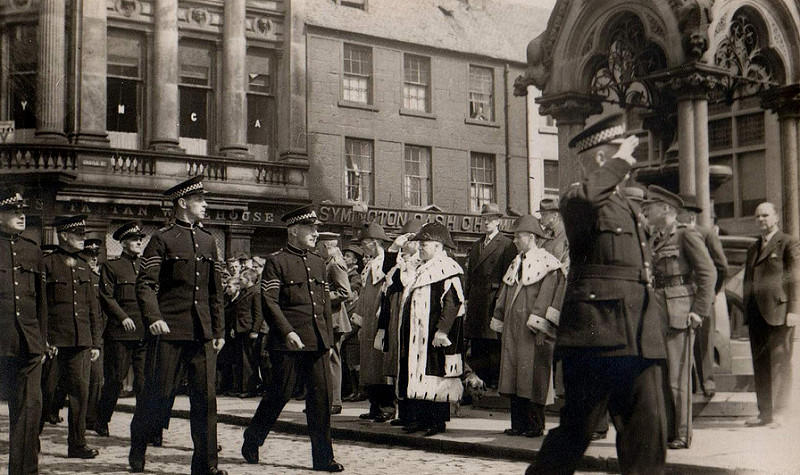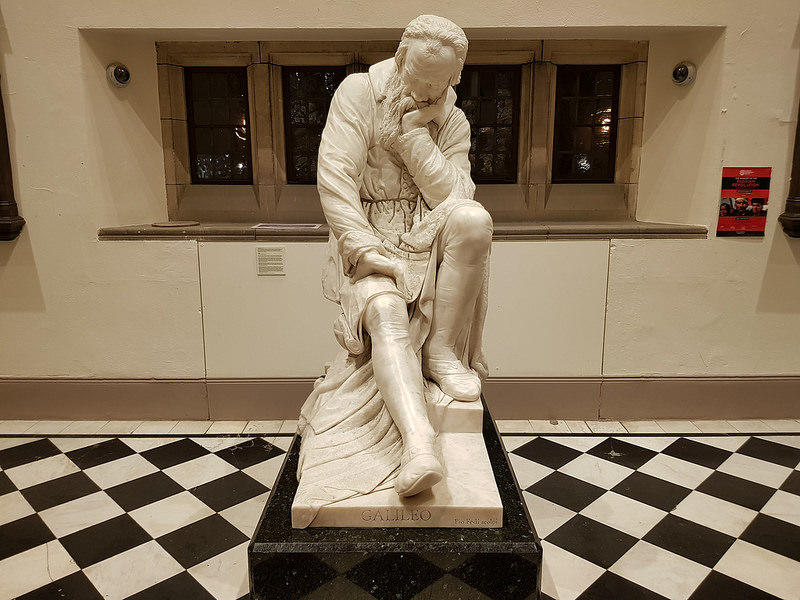"Art is not a mirror with which to reflect reality but a hammer with which to shape it." - Bertolt Brecht

Biography: Who Is Bertolt Brecht And What Was He Famous For?
Bertolt Brecht was a revolutionary realist playwright born in Augsburg, Germany, in 1898 who served in the First World War before turning to a career in the theatre and becoming one of the most influential writers of the twentieth century. Among his biggest artistic successes were the dramatic plays The Threepenny Opera, Mother Courage and Her Children, The Good Person of Setzuan and The Resistible Rise of Arturo Ui. Mother Courage premiered in 1941 and has seen many brilliant adaptations since its first staging back in the mid-twentieth century. Living in Berlin during the rise and fall of the Weimar Republic, when Adolf Hitler and the Nazis came to power, Brecht fled Nazism and the republic and had has citizenship removed by Hitler, and therefore was forced to live a life in exile. He found himself in America where he remained for a few years (when he tried to write literature for Hollywood) before returning to Europe in 1947. His plays, which focused on socialist issues, were banned in his communist home country of Germany in the 1930s, but Bertolt continued penning his Brechtian works in non soviet regions and staged and directed them with triumph. It was less than ten years later that Brecht's life came to an end, but the individual had by then gained recognition as a great theatrical practitioner. It is evident that both the Second World War and the First World War directly affected and influenced his life and elements of each masterpiece. For example, Brecht wrote about the misery of Jewish life in during the terror of the third Reich. Bertolt Brecht died in 1956 and is buried in Berlin, but his memory still lives on in West and East Germany, as well as in theatre across the world. Take at least one of the best acting courses Melbourne here.

Why Is Brecht So Important In The World Of Drama?
Without a shadow of a doubt, Bertolt Brecht was a genius and one of the most influential dramatists of the 20th century, causing a stir all over the world. Though from a small town in Germany, his power extended far beyond Europe. Bertolt Brecht, in his short but enriching time in theatre, shaped theatre and its subsequent development. He came up with revolutionary ideas, which can still be seen in modern theatre today. He used naturalistic theatre as an attempt to force social change, urging his audience to think about important things like crime and suffering without getting caught up in feeling. Brecht wanted spectators to remain objective when they entered the theatre so that they could respond to performances in a rational and unemotional way, taking away the true morality and meaning of what they were watching. As a composer during rehearsals, Bert made it clear that detachment was very important to making his literary collaborations evoke the right feelings. As a result, readers and spectators couldn't help but notice how socially relevant his works were in terms of the real problems that were happening during and post war. 
Bertolt Brecht Plays
- The Caucasian Chalk Circle
- Galileo

- The Good Woman of Setzuan
- Jungle of Cities
- The Measures Taken and Other Lehrstucke
- Mother Courage and Her Children
- The Resistible Rise of Arturo Ui
- The Threepenny Opera
Techniques Used In Bertolt Brecht Plays
So what techniques does an acclaimed dramatist use to depict his stories? What are the principles that Brecht adhered by that made his works such huge successes? See below the types of techniques the writer and director implemented into his performances, or find out more by taking acting classes and acting out scenes from his plays. Breaking the fourth wall One can imagine that the stage is surrounded by walls, creating a cube, and that the fourth wall is that which separates the stage from the audience. Instead of letting spectators get lost in a performance, the actors will break that barrier between stage and audience and directly address the crowd. They may make comments, pass judgement, or ask the audience question to break the wall. Though common in early theatre, it had become more usual for drama to try and immerse the audience in the action. Montage Just as it sounds, a montage is a short movie clip that is used to display factual events. Brecht used these quite a lot in order to get a message across, sometimes to highlight certain social or political issues. Sometimes, juxtaposing clips were put together to make the viewer truly think. Song, music and dance Brecht was a lover of lyrics and music, so it comes as no surprise that he fed these creative elements into his works. Many of his plays included songs, dances and music, and again the dramatist would play on words or on reactions by placing happy, upbeat music with dark or grotesque lyrics. Narration Narration has long been used to tell the story as it unfolds, and Brecht used this to his advantage by getting the narrator to remind the audience of what they watching, sometimes telling them things would happen in the future in an expected turn. This was, once again, to give them warning and stop them from becoming affected by the circumstances emotionally. Minimal set, costumes, props and lighting Brecht moved away from creative lighting and preferred to let the actors speak for themselves, having the stage brightly lit. He was also not so keen on props and kept them to a minimum, allowing just one per character if at all necessary. He would often insist that these props be recycled and re-used elsewhere during the performance. Coming out of character So as not to fool the audience into believing that the situation unfolding was real or authentic, characters detached the audience from the story at intervals by coming out of character, in a bid to remind those watching that they were only watching a piece of fiction. This must have seemed very counter-intuitive for those actors trained in acting techniques to bring authenticity and true emotions to the stage! Using placards A placard, or projection screen, was used at times to give the audience some extra factual information, for example, details about the war or other significant events in history that were relevant to the story. Placards were also used to introduce characters, scenes, or to tell the audience when one had finished. Freeze frames/tableaux Finally, Brecht used freeze frames to create a break in the action once more. While some of these controversial techniques were used to stop the audience become too involved in the story, some were used to give them time and space to think about the actions they have seen for a short moment. It is during these short breaks that other techniques crossed over, like the narrator saying his piece, an actor coming out of character temporarily or the performers breaking the fourth wall, so to speak. Interested in exploring Bertolt Brecht as more than just a spectator? Look for "drama classes near me" and play a part in the Threepenny Opera!
















